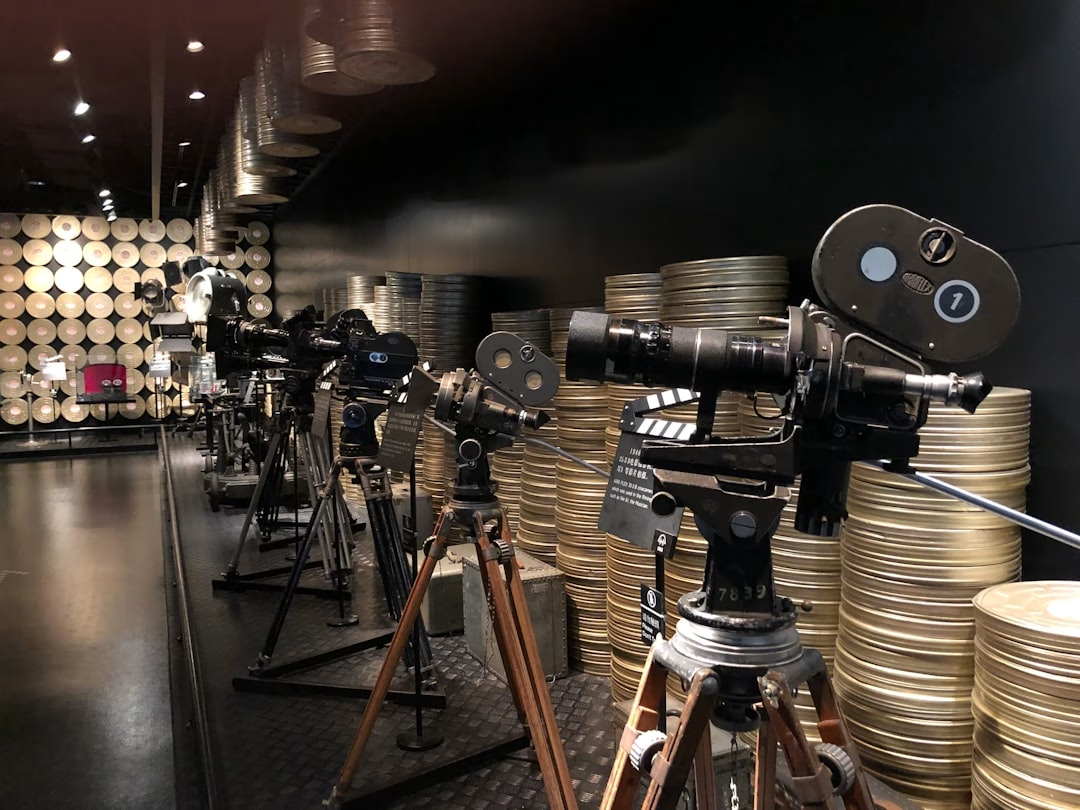Introduction
With the rising popularity of social media platforms, it has never been easier for businesses to connect with their target audience. Snapchat, for instance, is a powerful tool that cinema brands can use to their advantage. This article will explore the ins and outs of building a cinema brand using Snapchat.
Why Snapchat?
Snapchat is one of the dominating social media channels today. It houses an array of features that can be capitalized by a cinema brand to engage with its audience effectively. Engaging lenses, geofilters, and Snap ads make Snapchat a dynamic platform for marketing.
Implementing a Snapchat Strategy for Your Cinema Brand
Implementing a Snapchat strategy involves a series of steps. Although the approach may vary depending on the goals of your cinema brand, here is a general plan you may want to consider:
- Know Your Audience: Understand the age group, preferences, and viewing habits of your audience. This would assist you in tailoring customized, engaging content.
- Plan Your Content: Plan your Snapchat content concerning the type of movies your cinema brand plays, upcoming releases, and trending topics. Make sure your content contextually aligns with your audience’s interests and the platform.
- Use Snapchat Advertising Tools: Leverage Snapchat’s various advertisement tools, such as Lenses and Geofilters, to boost your content’s reach. Snap ads can also be a great way to promote ticket sales and specials.
- Analyze and Adapt: Regularly analyze the performance of your content on Snapchat. Understand the metrics and adapt your content strategy as necessary for enhanced engagement.
Conclusion
In a world driven by social media, failing to utilize platforms like Snapchat could see your cinema brand falling behind. Recognize the potential of this diverse and engaging channel, and use it to position your brand in the minds of your desired audience. The key to success lies in knowing your audience, delivering compelling content, and rapidly adapting to feedback.
